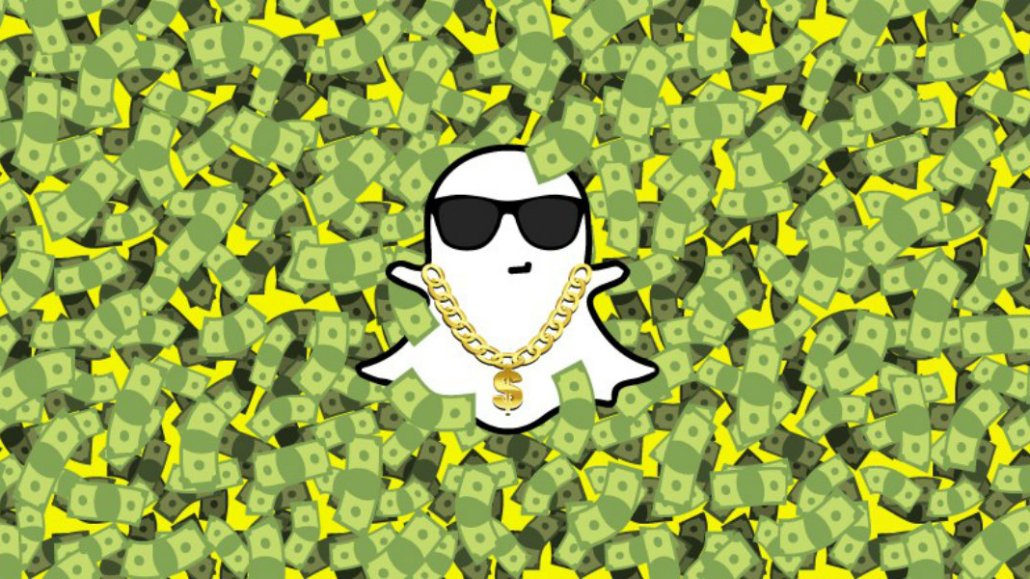
The knives are out for Snap as the company preps for an initial public offering this week — a textbook backlash that big tech companies from Facebook to Twitter to Google have now grown accustomed to.
Snap kicked off its pre-IPO roadshow last week in London and New York as the company pitches its business to potential investors. Initially seeking a valuation between $20 billion and $25 billion, Snap has since softened its target to between $19.5 billion and $22.3 billion after getting pushback from investors concerned about Snapchat’s growth prospects.
Early reports from Snap’s presentations in London and New York indicate that some investors are not sold on the company’s pitch. Some investors reportedly saw a “huge red flag” in Snap’s inability to satisfactorily answer questions about its slowing growth. That hasn’t stopped Snap’s IPO from being oversubscribed by nearly $7 billion, according to Business Insider.
But that’s a testament to the hype for the biggest tech IPO since Facebook, because some potential investors still have concerns. Snap’s pitch is focused on how heavily engaged its users are — the average user visits the app more than 18 times every day, according to the company. Unfortunately, this argument isn’t convincing to investors used to measuring success by how many new people a social platform can attract.
“The Facebook effect — where Snapchat is David to Facebook’s Goliath — is real,” said Peter Csathy, founder of media consulting firm Creatv Media. “It’s a real, justifiable concern because Snapchat has yet to make a real, solid argument about how they’ll be able to push back against and counter Facebook.”
Snapchat’s growth is indeed slowing down. According to Snap’s own IPO paperwork, Snapchat ended 2015 with an average of 107 million daily users. The app had added 36 million daily users midway through 2016, only to see growth decelerate by adding only 15 million daily users in the second half of 2016.
A new eMarketer report indicates that Snapchat will continue to struggle with user growth in the U.S. — the app’s strongest market — through 2021.

In its pitch, Snap focused on its ability to make more money off of its existing, engaged user base. By end of 2016, Snapchat had grown revenue per user to $1.05, up from $0.31 per user at the end of 2015.
Here, there might be an opportunity for Snapchat, which is focusing more on developed markets than trying to uncover new users in emerging areas.
“Snapchat is very video-centric, and if you’re in a developing country, you might not have access to the cellular network quality that’s needed to support video,” said Debra Aho Williamson, principal analyst at eMarketer. “It’s possible that Snapchat will lose out in terms of attracting new marketers by focusing on developed markets. But the advertising business, on a day-to-day basis, is not in these markets — it’s in the markets that Snapchat is targeting.”
Investors are the latest group to question Snapchat’s long-term viability. In recent months, numerous reports — including some from Digiday — have shined a light about how Snapchat is struggling to attract new users. Late last year, some Snapchat Discover publishers saw viewership drop by as much as 33 percent. Similarly, advertisers said that the daily audience for Snapchat Live Stories had stagnated last year. And TechCrunch reported that top Snapchat stars were seeing daily views drop by 15-40 percent.
Some advertisers remain bullish on Snapchat, citing the deep reach it has among young users in established markets. “If you look at reach, frequency and time spent across different platforms, they have to be strongly considered for that reason alone,” said Mike McLaughlin, West Coast managing director for digital at WPP-owned Mindshare North America.
Snap’s current woes are familiar by now to the tech industry. Facebook, Google and Twitter all faced a mountain of criticism from unsure investors before they went public. Facebook, for instance, had to answer questions about how it would monetize on mobile devices when it had more than 500 million monthly active mobile users by the time it went public. Facebook seems to have cracked it, having generated $7.2 billion in mobile revenue in the last quarter of 2016 alone.
“Twitter’s woes are translating into Snapchat worries,” said Csathy, pointing to how Twitter has struggled with Wall Street and advertisers since going public. “It’s understandable because Twitter has yet to demonstrate a real plan for user growth and monetization and investors are worried about the same thing with Snapchat — no matter how big it currently is.”
More in Media

WTF is behind the explosion of faceless creators?
Brands are rapidly increasing their spending on faceless creators, showing the unique benefits of working with this type of influencer.

In Graphic Detail: As ‘Grow a Garden’ booms, a new report shows the marketing power of Roblox
The explosive growth of “Grow a Garden” has brought new attention to Roblox — and rejuvenated marketers’ interest in its advertising power.

Brand deals surge for golf creators as the sport’s popularity spikes
Golf is booming, and so is influencer marketing. As a result, golf creators are signing an unprecedented number of brand deals in 2025.





